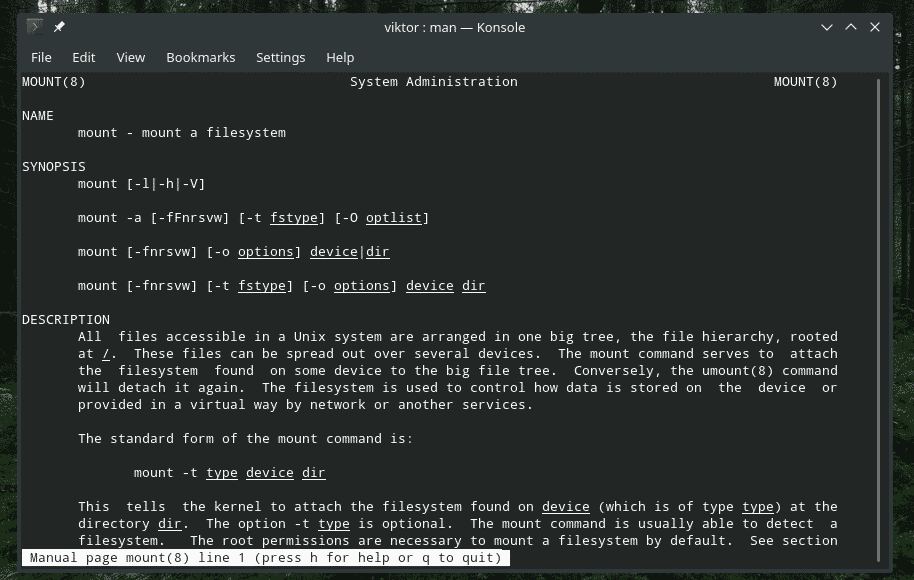
If you want to put it somewhere else in the chain, you can use the -I option which allows you to specify the position of the new rule (or place it at the beginning of the chain by not specifying a rule number). All of these iptables commands use the -A option to append the new rule to the end of a chain. Keep in mind that the order of your rules matter. Copy and paste the command-line examples given, substituting the highlighted values with your own.Use the Contents menu on the right side of this page (at wide page widths) or your browser’s find function to locate the sections you need.

Most sections are not predicated on any other, so you can use the examples below independently Use whichever subsequent sections are applicable to what you are trying to achieve.Most of the rules that are described here assume that your iptables is set to DROP incoming traffic, through the default input policy, and you want to selectively allow inbound traffic.This includes iptables examples of allowing and blocking various services by port, network interface, and source IP address. This cheat sheet-style guide provides a quick reference to iptables commands that will create firewall rules that are useful in common, everyday scenarios.
#BASH COMMAND NETMAP SOFTWARE#
Iptables is a software firewall for Linux distributions.

Allowing Incoming Rsync from Specific IP Address or Subnet.Allowing Incoming SSH from Specific IP address or subnet.Blocking Connections to a Network Interface.Allowing Internal Network to access External.Allowing Established Outgoing Connections.Allowing Established and Related Incoming Connections.


 0 kommentar(er)
0 kommentar(er)
